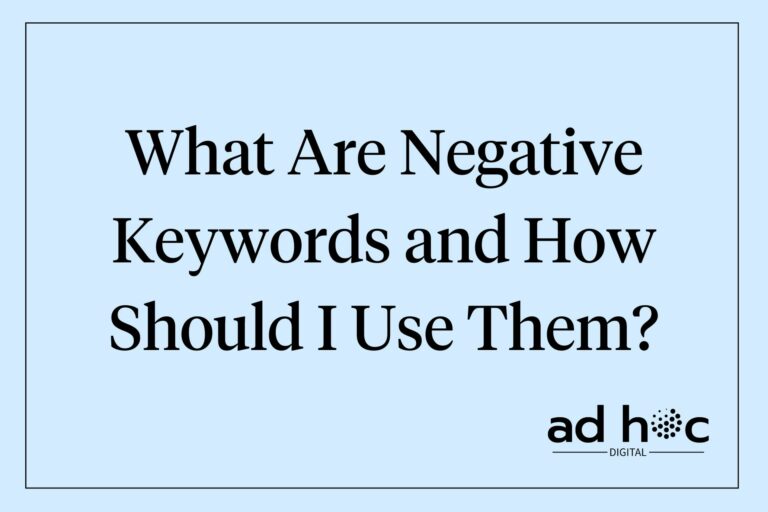What Are Google Ads Attribution Models and Which One Should I Use?
Google Ads attribution models play a crucial role in understanding the customer journey and optimizing your ad campaigns. Choosing the right attribution model can help you accurately measure ad performance and allocate your budget more effectively. This detailed guide will explain what Google Ads attribution models are, the different types available, their advantages and disadvantages, and how to choose the right one for your campaigns.
For core strategies on campaign creation, refer to our guide on effective Google Ads campaigns for lawyers.
Understanding Google Ads Attribution Models
Definition of Attribution Models
Attribution models are rules or sets of rules that determine how credit for conversions is assigned to different touchpoints in a customer’s journey. They help advertisers understand which interactions are most influential in driving conversions.
Purpose of Attribution Models
Attribution models provide insights into the effectiveness of various marketing channels and touchpoints. By understanding how different interactions contribute to conversions, advertisers can optimize their strategies to maximize performance.
For more on tracking performance, visit tracking Google Ads performance for lawyers.
Types of Google Ads Attribution Models
Last Click Attribution
Definition: Attributes all credit to the last click before conversion.
Advantages:
- Simple to understand and implement.
- Emphasizes the final interaction that led to the conversion.
Disadvantages:
- Overlooks earlier interactions that might have influenced the customer’s decision.
First Click Attribution
Definition: Attributes all credit to the first click that initiated the customer journey.
Advantages:
- Highlights the initial touchpoint that attracted the customer.
- Useful for understanding which channels are effective in generating initial interest.
Disadvantages:
- Neglects the influence of subsequent interactions.
Linear Attribution
Definition: Distributes credit equally across all clicks in the customer journey.
Advantages:
- Provides a balanced view of all interactions.
- Recognizes the contribution of each touchpoint.
Disadvantages:
- May not emphasize the most critical interactions.
Time Decay Attribution
Definition: Gives more credit to clicks that occurred closer to the time of conversion.
Advantages:
- Emphasizes recent interactions.
- Useful for longer sales cycles where early interactions may be less influential.
Disadvantages:
- Can undervalue early touchpoints that played a significant role.
Position-Based Attribution
Definition: Attributes 40% of credit to the first and last click, and the remaining 20% distributed among the middle clicks.
Advantages:
- Highlights both the initial and final interactions.
- Recognizes the importance of touchpoints throughout the journey.
Disadvantages:
- Can be complex to understand and implement.
Data-Driven Attribution
Definition: Uses machine learning to distribute credit based on actual performance data.
Advantages:
- Provides the most accurate insights based on data.
- Continuously learns and improves over time.
Disadvantages:
- Requires a significant amount of data to be effective.
For more on improving ad performance, visit improving Google Ads CTR for law firms.
Advantages and Disadvantages of Each Attribution Model
Each attribution model has its own strengths and weaknesses, making them suitable for different types of campaigns and business goals. Understanding these can help you choose the right model for your needs.
For more on creating effective ad copy, visit effective Google Ads copy for lawyers.
Choosing the Right Attribution Model for Your Campaigns
Campaign Goals
Align your attribution model with your marketing objectives. For instance, if your goal is to generate brand awareness, a first-click attribution model might be more suitable. If your goal is to maximize conversions, a last-click or data-driven model might be more appropriate.
Customer Journey Complexity
Consider the length and complexity of your customer journey. For longer and more complex journeys, a linear or position-based model may provide more insights into how different touchpoints contribute to conversions.
Data Availability
Evaluate if you have enough data to use data-driven attribution effectively. Data-driven models require a significant amount of data to generate accurate insights.
Industry Standards
Understand common practices in your industry. Some industries may favor certain attribution models due to the typical customer journey and conversion path.
For more on optimizing campaigns, visit updating Google Ads campaigns for lawyers.
Implementing and Testing Attribution Models
Setting Up Attribution Models
To configure attribution models in Google Ads:
- Sign in to your Google Ads account.
- Click on “Tools & Settings” and select “Conversions” under the “Measurement” section.
- Choose the conversion action you want to edit.
- Click on “Attribution model” and select the model you want to use.
Analyzing Performance
Use attribution reports to assess the performance of different models. Compare how each model attributes conversions to various touchpoints and adjust your strategy accordingly.
Continuous Testing
Regularly test and compare different attribution models to understand their impact on your campaigns. This ongoing evaluation helps you adapt to changes in customer behavior and optimize your marketing efforts.
For more on tracking and analyzing performance, visit tracking Google Ads performance for lawyers.
Conclusion
Choosing the right Google Ads attribution model is essential for accurately measuring ad performance and optimizing your campaigns. By understanding the different types of attribution models, their advantages and disadvantages, and how to implement and test them, you can make informed decisions that enhance your marketing efforts and drive better results.
Additional Resources
- Effective Google Ads campaigns for lawyers
- Improving Google Ads CTR for law firms
- Tracking Google Ads performance for lawyers
- A/B testing in Google Ads for lawyers
- Effective Google Ads copy for lawyers
- Google Ads for client acquisition law firms
Enjoyed the content? Subscribe to our weekly newsletter for more resources. Want to learn more? Fill out the form below, and we’ll reach out to you shortly.



